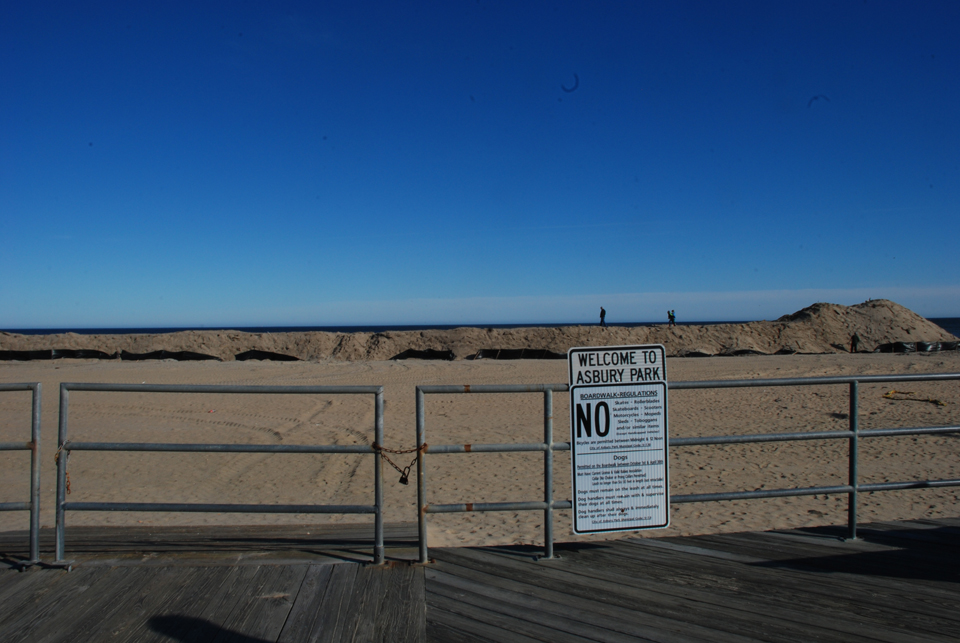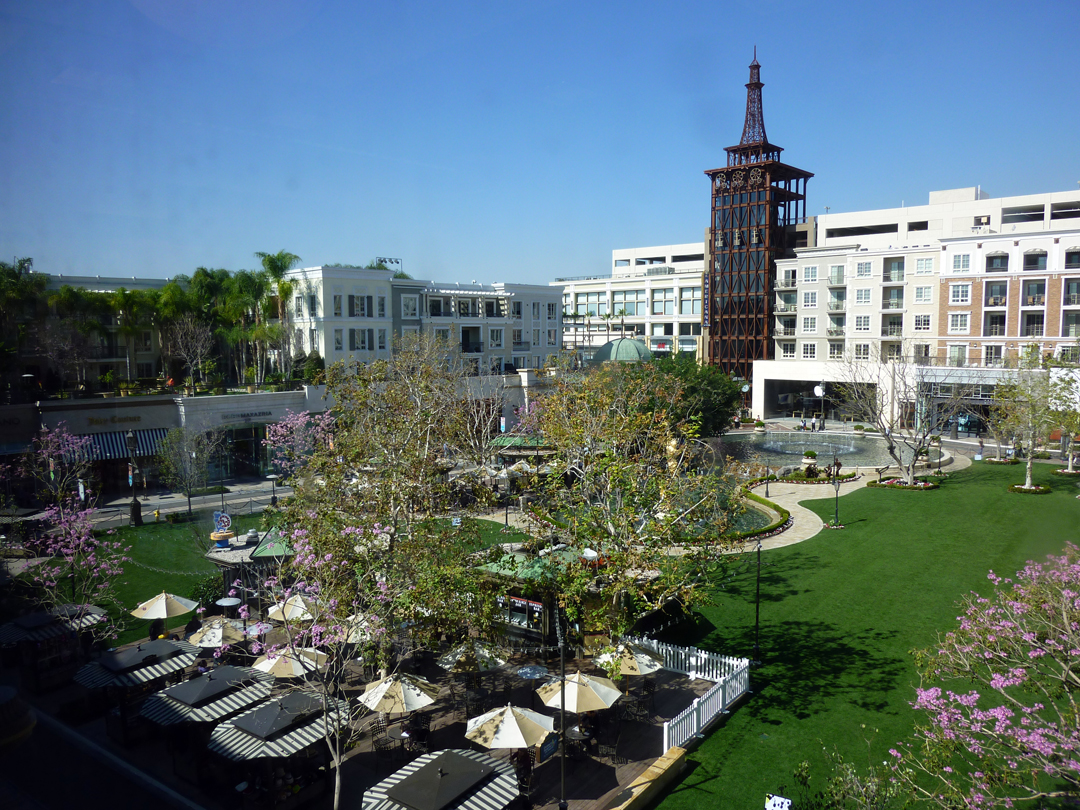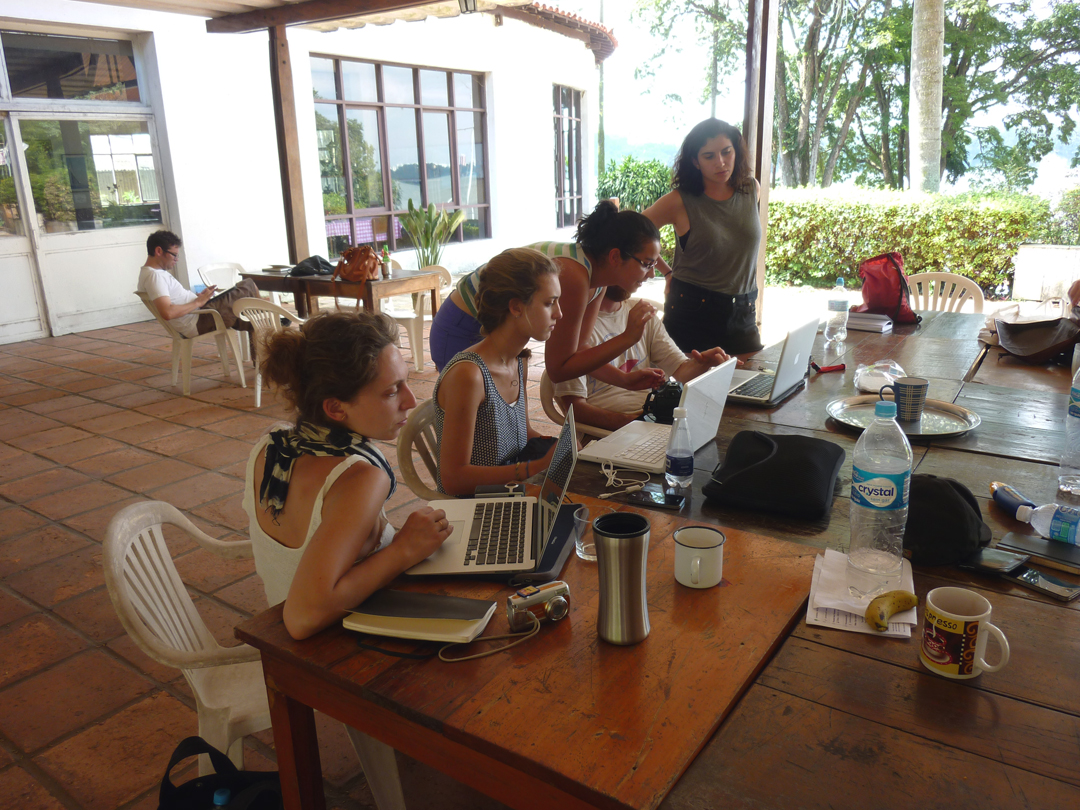Aseem Inam: I was honored to be part of a special by-invitation-only conference organized by the Social Science Research Council [SSRC] in Brooklyn on “The Decent City.” Many of us were puzzled by the title, which felt simultaneously vague and not aspirational enough. Ira Katznelson, President of the SSRC explained it thusly: “The term is meant to imply a site of reflection, research, and policy in a zone between more utopian reflections on the one side, and highly-focused instrumental policy considerations on the other. Substantively, it connotes cities in which built environments and the organization of space diminish and soften various dimensions of inequality and promote relations among diverse populations that are neighborly.”
Fellow attendees included Ricky Burdett, Diane Davis, Susan Fainstein, Gerald Frug, Edward Glaeser, David Harvey, Robert Sampson, Richard Sennett, Michael Sorkin, Thomas Sugrue, Lawrence Vale, and others. Several of them are considered to be the leading urban thinkers in the United States and have had an enormous influence on the fields of urban design [what I prefer to call urbanism], urban economics, urban history, urban law, urban politics, urban sociology, and urban theory. I was asked present my thoughts in the area of design, defined broadly.
Several aspects of the conference were remarkable. By limiting the number of invitees to about 40, we were able to engage in serious discussions in the conference room, during coffee breaks and over lunch. In addition, the wide range of expertise—and indeed, wisdom—allowed for the freedom of crossing disciplinary boundaries, which were in fact some of the best exchanges of ideas. This effort is part of the SSRC’s new initiative to generate leading-edge research on design and urbanism; human heterogeneity, toleration, and inter-group relations; and inequality’s spatial dimensions. By the end of our discussions and debates, what appealed to me most about the idea of “the decent city” is a focus on analyzing and producing the everyday banality of the city, rather than a sometimes excessive obsession with the extreme or the spectacular.
One clarifying aspect of these stimulating discussions was how many social scientists and even designers tend to view the structures and spaces of cities as settings [almost akin to stage sets] where more important activities occur [e.g. economic exchange, political expression, social interaction]. The other view is close to environmental determinism, which many architects and landscape architects still hold dear and in which the design of the built form generates certain types of behaviors and activities. Recently, the most extreme example of this has been the Bilbao Effect in Spain, which has been shown by serious scholars to be actually false.
My argument for the role of design in the “decent city” was two-fold. First, it was to include but also to move beyond typical notions of visual representation and the production of three-dimensional objects. In terms of urbanism, what is particularly compelling is the notion of design as an engaged practice; that is, a practice that engages directly with the complex social, political and economic processes of the city. Second, it was to leverage the creative abilities, interdisciplinary thinking, and action-orientation of urbanists to help transform the underlying structures of the material city. Examples of this would include making the design process more radically democratic, and helping design the public policies, land use regulations, and financing mechanisms that exert great influence on urban form and its consequences.
Overall, it was a great conversation and I applaud the SSRC for its bold initiative and inclusive process. I looked forward to further progress such that we can better understand and design “The Decent City.” AI
What does the “decent city” look and feel like? Stuyvesant Town in the heart of Manhattan, designed and built as affordable housing for soldiers returning to New York City after World War II. Source: Aseem Inam.


















